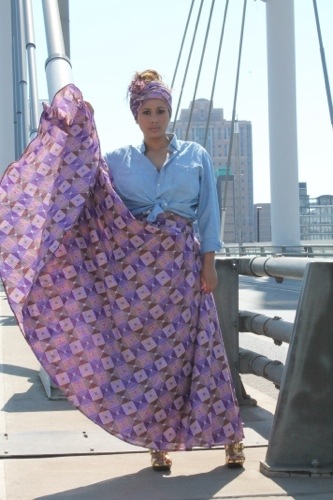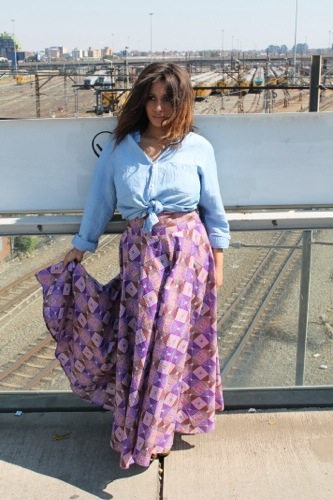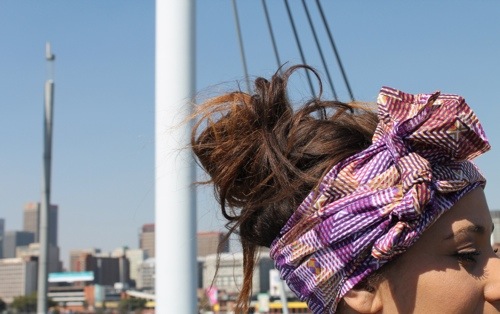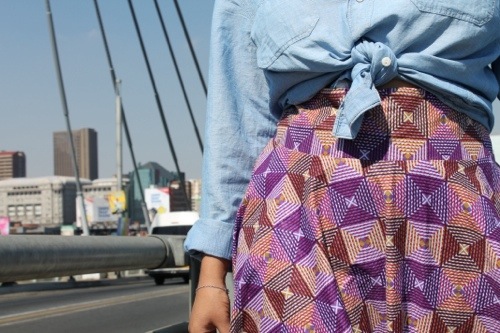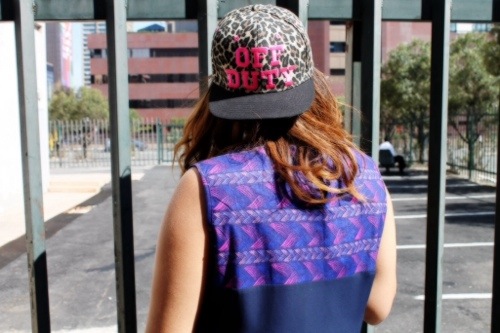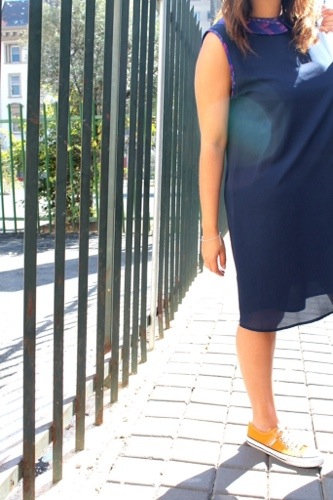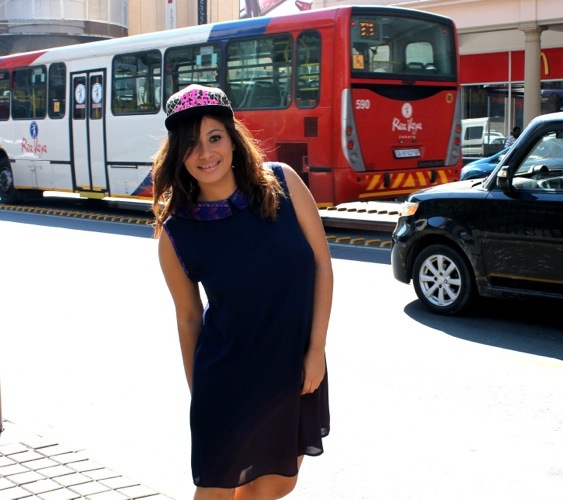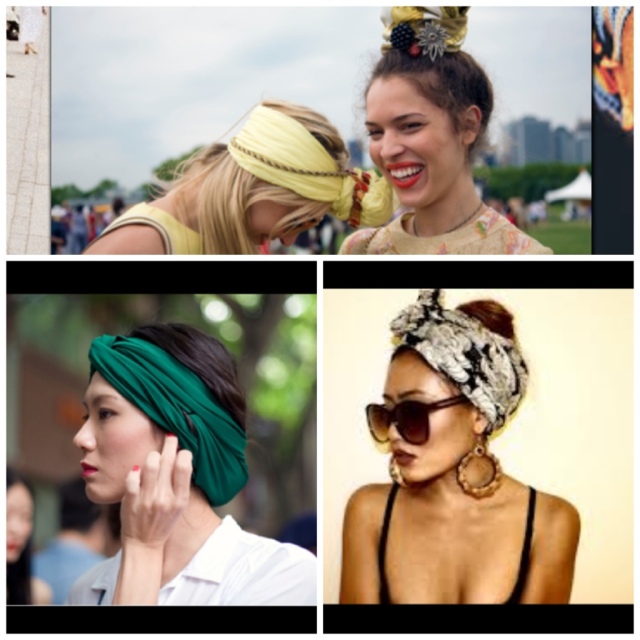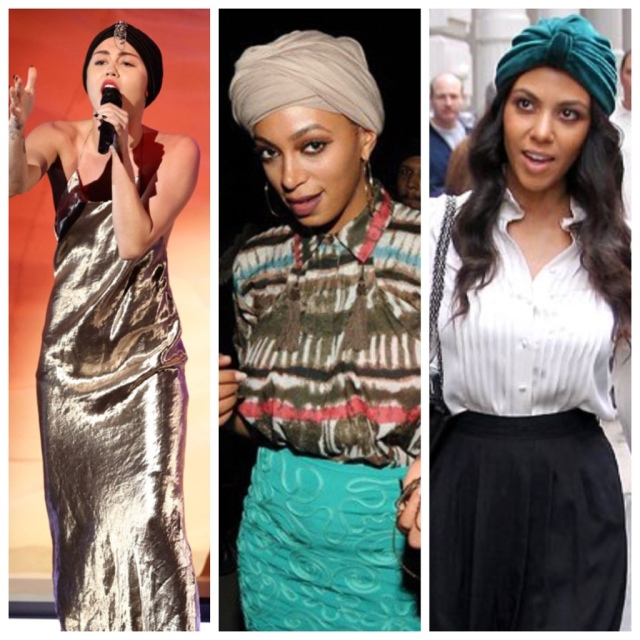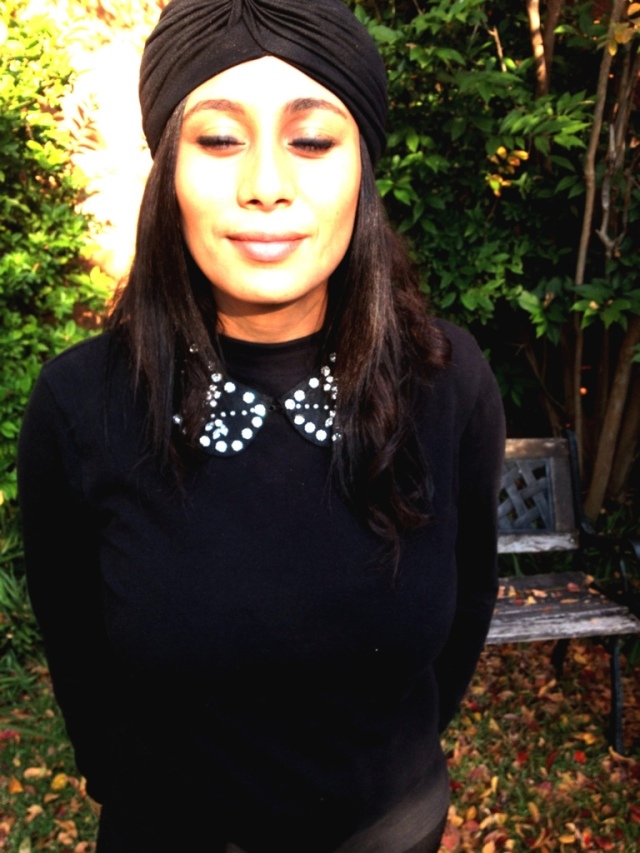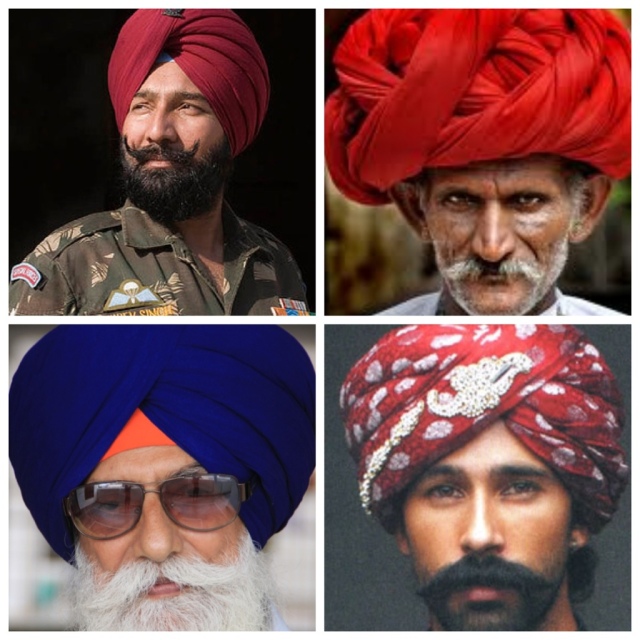It’s Day-3 and the final day of my prints challenge, I had so much fun doing this & collaborating with Burgundy fly & their amazing South African designers. I kept this look simple & really made the print the hero of the outfit. It’s vibrant & classy, perfect for a wedding & special occasions. I’m a short girl & don’t really wear long dresses in fear that I look shorter & wider but this skirt is high waisted & actually made me look taller & flattered my figure.
Photographed by: Alicia Thompson
Skirt & headwrap: Burgundy fly
Contact Burgundyfly:
082 903 7570
http://www.burgundyfly.co.za
Stores: Maponya mall, Soweto
The Zone @ Rosebank

